Top 5 Reasons Why Concrete Cracks
All structures will develop some cracks both structural and non structural. Most of them are just cosmetic and no need to worry about that. But some cracks may an indication of a larger problem underneath and can be corrected. There are two different categories of cracks such as structural & non structural.
Non-Structural Cracks
The non-structural cracks occurs due to many reasons and are classified depending on the width of the crack. Like, Thin(<1 mm), Medium (1-2 mm) and wide >2 mm. The main reasons for non structural cracks are
- Settlement
- Shrinkage
- Thermal movement
Corrosion of Reinforcement
In most of the cases the damage of concrete is due to corrosion of reinforcement. Deterioration process in concrete begins with penetration of various aggressive agents, low permeability is the key to solve this problem. Concrete permeability depends upon water-cement ratio, curing and correct compaction. A well designed concrete is water tight and adequate cover gives good protection to reinforcements.
Reinforcement corrosion is very hard to repair and corrosion of reinforcement causes severe cracks with a brownish color. This leads to loss of strength and finally collapse.
Thermal Cracking of Concrete
Temperature difference leads to volume change which leads to cracks, this normally happens to mass concrete having thick sections. The temperature difference can be caused by either the center of concrete heating up more than the outside surface due to heat liberation at the time of setting. The more massive is the structure the more likely to have temperature differences.
Plastic Shrinkage Cracking
It occurs after a few hours of placing, it occurs due to rapid loss of moisture caused by humidity and wind velocity at the surface of concrete. When high rates of surface evaporation is caused the surface concrete shrinks and tensile stresses develop in the surface. This leads to shallow cracks formation of polygonal shape or parallel to one another. These are minor cracks and does not harm the structure.
Concrete Crazing
Crazing is the development of fine networks of random cracks on the surface of concrete caused by shrinkage of surface layer. Crazing of concrete develop at an early age and its very hard to detect unless wet and beginning to dry. They do not affect the structural integrity of the structure or the durability of the concrete. Crazing usually occurs due to poor workmanship like
- Poor and inadequate curing
- Intermittent wet curing and drying
- Too much water bleed
- Over vibration
Concrete Cracking due to Vegetation
When the soil under the building happens to be clay, cracking in walls and floors occurs either due to dehydrating action of growing roots. These roots on the soil may shrink and cause foundation settlement due to an upward thrust on the soil that had been dehydrated by the roots, swells up on getting moisture from sources such as rain.
Structural Cracks
Concrete Cracking Due to Errors in Structural Design
Lack of adequate contraction joint and improper design of foundation resulting in differential movement within the structure. Corners provide a location for the concentration and therefore are the prime location for the initiation of cracks. That’s why we see cracks mainly on doors and window openings. Properly anchored diagonal reinforcement is required to prevent these type of cracks.
Settlement Due to Poor Bearing capacity of Soil
Soil sometimes cannot support the weight or bearing pressure of the building foundation. This results in sinking of the foundation, to avoid this foundation have to be designed according to the soil. Special types of footing are designed for weak soils. This kind of settlement is mostly found in residential buildings because footings are designed based on general guidelines rather than soil specific design.
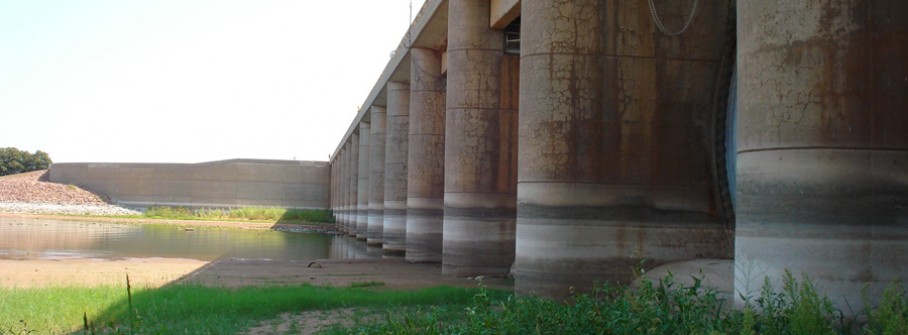
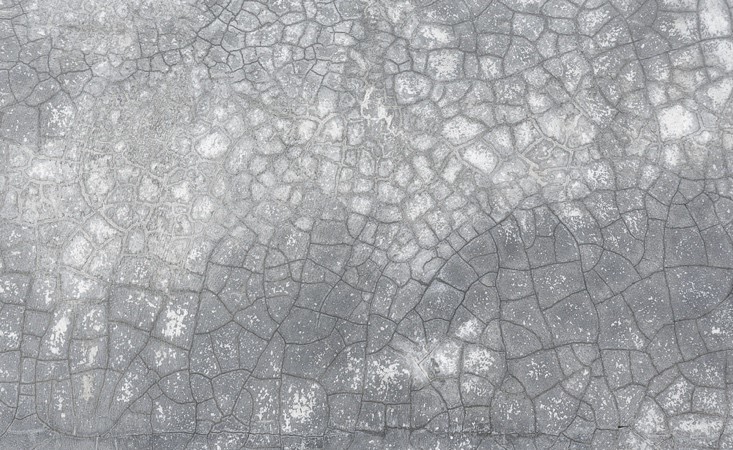
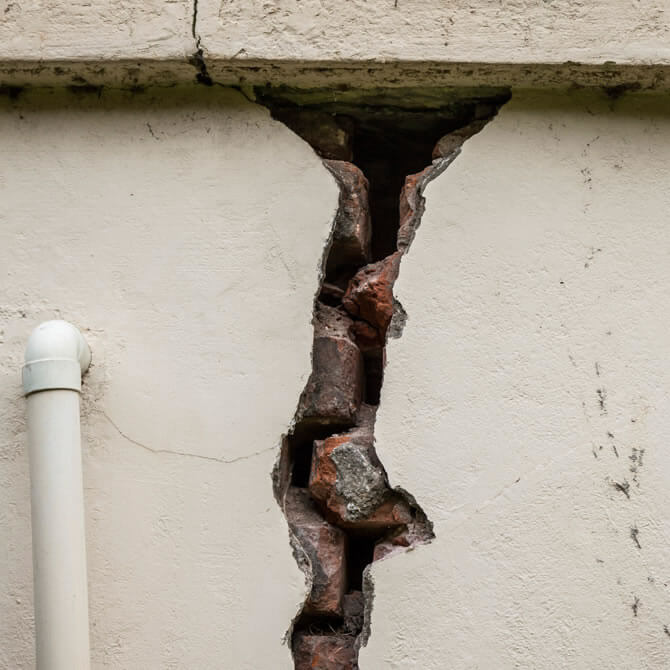
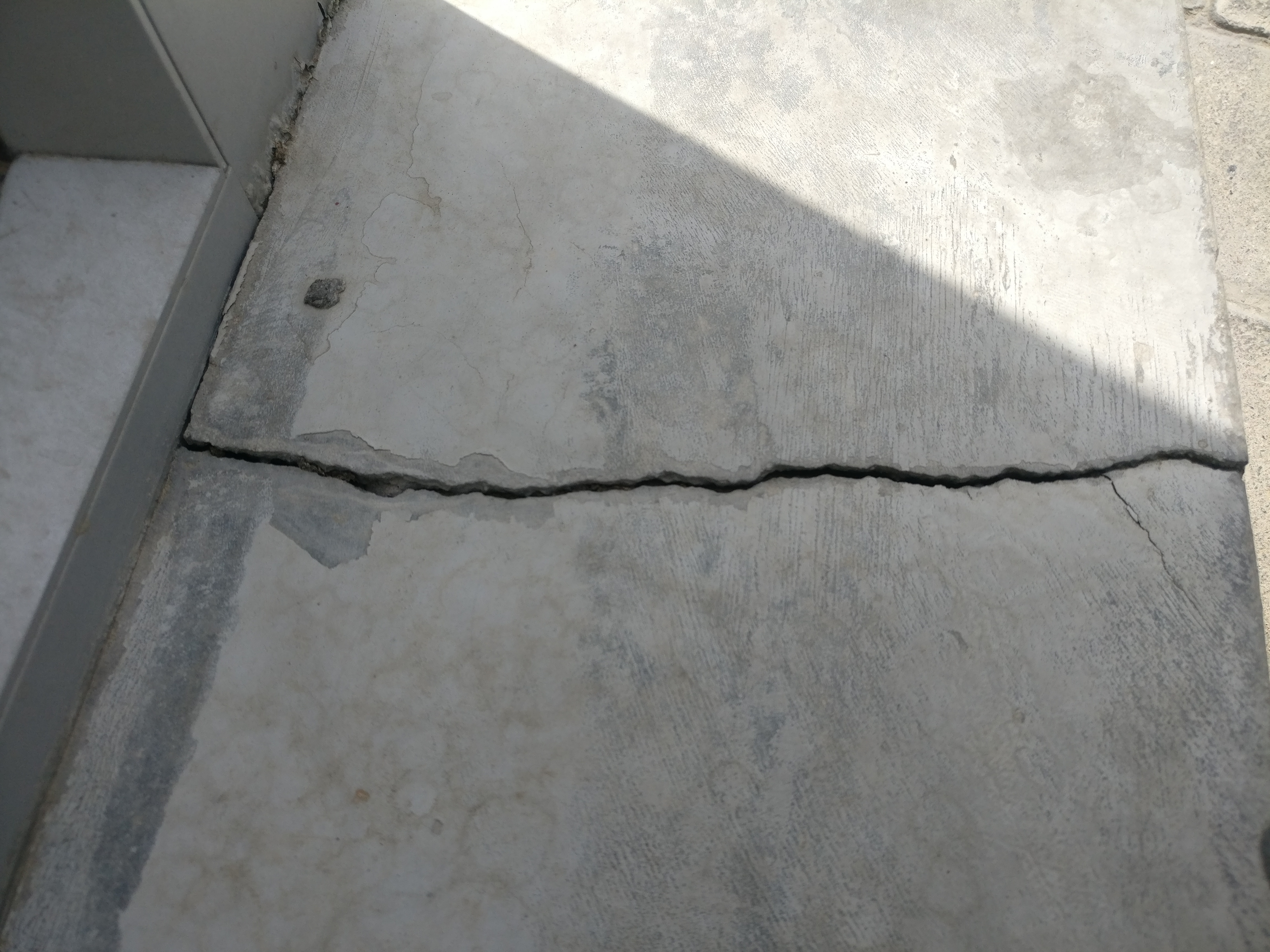
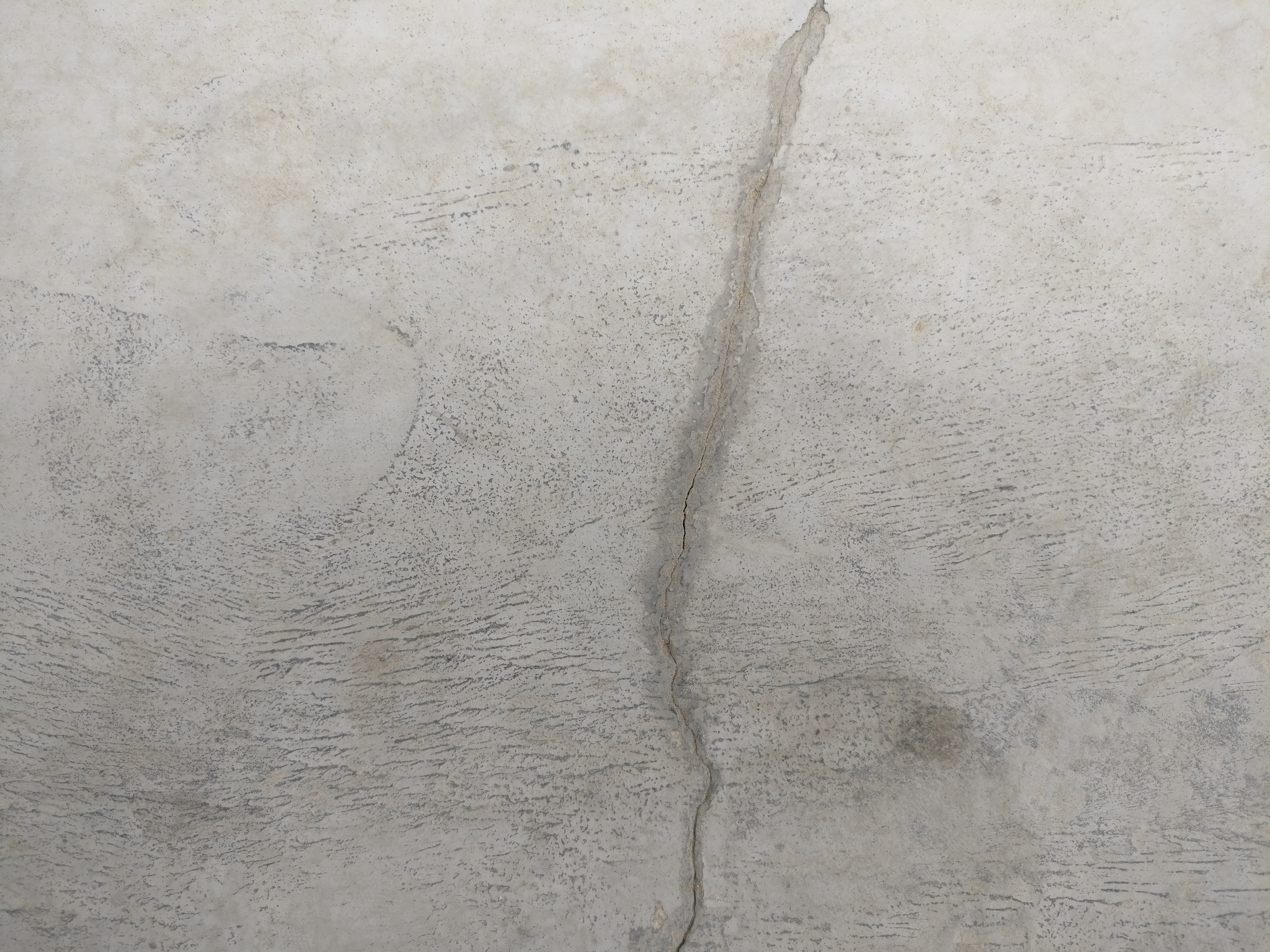

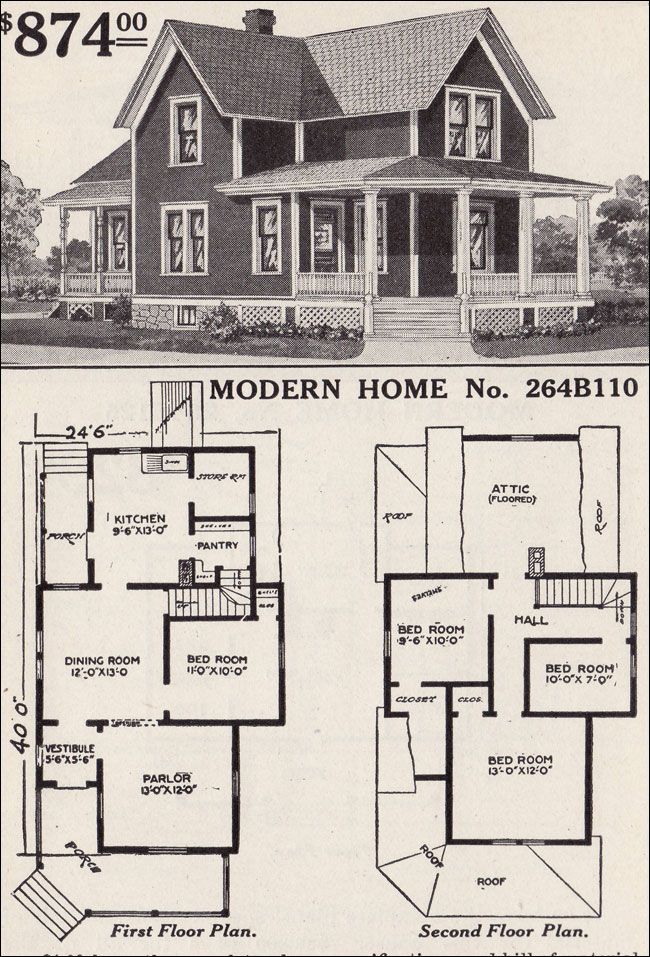


I had no idea that growing roots may cause your concrete to crack if the nearby soil contains clay. My wife and I have noticed that the corners of our concrete driveway have started to crack ever since it started raining, and we would like to find a way to repair it before we sell our house. We’ll see if we can find a concrete repair company that can help minimize the damages.
Thank you for mentioning how your concrete might crack if the center of it is exposed to more heat than the rest of it. My wife and I have noticed that the sun shines directly at our concrete driveway, and we need to find a way to remove the large crack from it before we buy a new car this summer. We’ll consider finding a concrete repair service that can make sure that our driveway is in good condition.
Great and valuable blog about concrete cracks and the reasons why they do. As a fellow concrete contractor, I always get this question and hesitations from my clients. This shall give light to the matter.